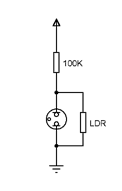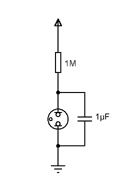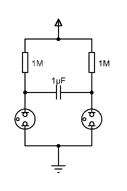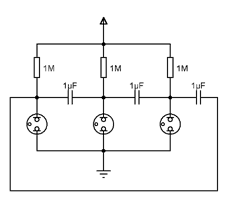Neon bulb oscillators
A neon (NE-2H ) bulb has a well defined ignition voltage where it suddenly ignites and it will stay ignited even if the voltage falls somewhat lower than the ignition voltage. This property makes it possible to use neon bulbs in oscillators and other more exotic ways. Neon bulbs may be rated for very different voltages so the supply voltage needs to be set for the specific bulb.
When the bulb lights up the LDR starts to conduct, this lowers the voltage across the bulb and it goes out. The LDR is a realtively slow device and it takes some time before it stops conducting.
The large series resistor charges the capacitor slowly. When the voltage rises over the ignition voltage for the bulb, the series resistor is not capable of supplying enough current and the bulb will only light as long as the capacitor can supply it.
One of the bulbs will ignite first, either by random or by production variations. It will pull down the voltage for the other bulb through the capacitor so it will not light. When the capacitor has charged enough that the second lamp ignites, it will pull down the voltage of the first lamp through the now charged capcitor and the cycle repeats.
This follows the same general principle as the previous circuit except with 3 bulbs.



